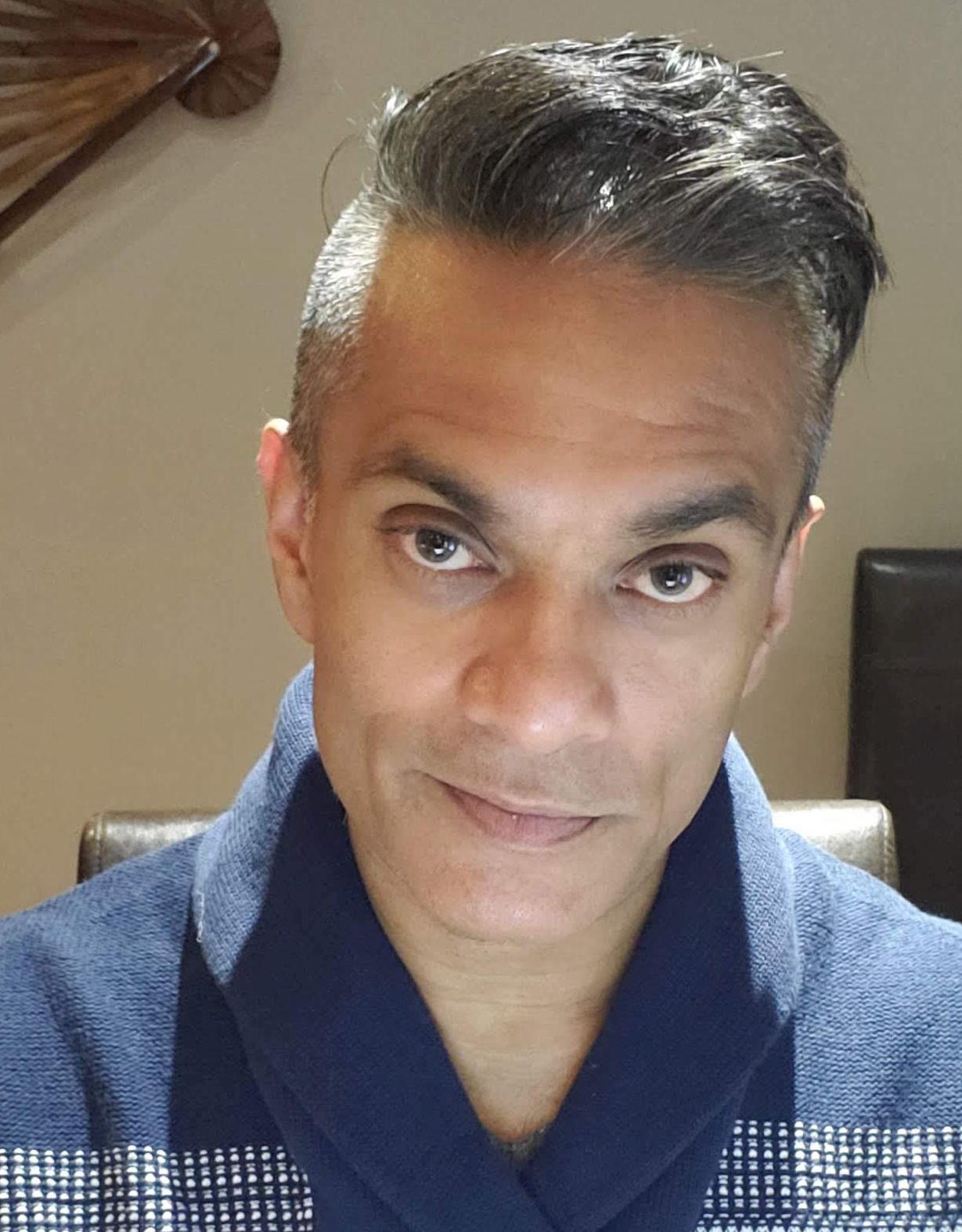The Next Pandemic Will Be Boring — And That’s the Danger
Author(s):
Raywat Deonandan, PhD

Disclaimer: The French version of this text has been auto-translated and has not been approved by the author.
For policymakers, journalists, and the public alike, the word "pandemic" conjures images of chaos: overwhelmed hospitals, press conferences, and nightly graphs of surging death tolls. Of the many lessons that COVID-19 taught the general public, among them was the erroneous belief that a pandemic is necessarily a novel, shocking, and newsworthy thing. Makeshift morgues to accommodate the overflow of dead, burly security men positioned in front of grocery stores to limit the number of shoppers, nightly news shows dominated by nerdy epidemiologists expressing their latest analyses –these are the hallmarks of pandemic, as the public has been taught to recognize them.
But, in truth, the next pandemic might not look like that at all. It might unfold slowly, with low mortality but high disruption, gradually eroding health systems, supply chains, and trust in public institutions. It might be "boring", and that's precisely what makes it dangerous. Policymakers, health administrators, and journalists must be made aware of this possibility.
Consider the ongoing crisis of antimicrobial resistance, which, according to the CDC, kills over a million people each year: a rate that is on par with that of AIDS or Tuberculosis. Indeed, the major sequela of COVID itself, Long COVID, might be affecting millions, or tens of millions, or hundreds of millions of people (depending on definitions). Ongoing public health challenges, like obesity, poor mental health, and even insomnia technically qualify as pandemics, though have not necessarily been formally declared as such. These conditions don't crash ICUs overnight, and some might not lead to actual death or even to hospitalization, but they nevertheless slowly sap workforce productivity, increase health expenditures, and widen equity gaps. In the long run, they can be as devastating –if not more so– than a highly infectious influenza or coronavirus pandemic.
This mismatch between public perception and epidemiological reality has real policy consequences. Emergency response systems are designed to spring into action, not to sustain low-intensity, multi-year challenges. During the worst of the COVID years, surge funding mechanisms allowed some governments to build field hospitals in days. But years later, those same governments have yet to address chronic underfunding in long-term care, primary care, ventilation in schools, or paid sick leave policies. These are not dramatic fixes, but they are what most impactfully improve and save lives over time.
In essence, we need to rewire how science policy defines preparedness. The next global biosecurity threat might be just fungal pathogens spreading slowly across continents, a novel respiratory virus with a long incubation period but low lethality and high morbidity, or even the social erosion caused by algorithm-driven health misinformation. While they can be quite calamitous to our economies, governance, and even to the fabric of our societies, it is nevertheless unlikely that any of these matters will generate the urgency required to unlock funding or political capital –unless a new framework is built for what constitutes a "crisis."
Fortunately, this shift is already underway in some corners of the planning world. The Pan-Canadian Public Health Network has begun integrating long-term climate and antimicrobial resistance scenarios into its planning. The CDC's Center for Forecasting and Outbreak Analytics was created to anticipate such slow-burning biological threats. But these programs are fragile, often pilot-funded, chronically under-resourced, or indeed isolated from the higher decision-making apparatus.
The simple policy ask is this: we must invest in anticipatory infrastructure, not just surge capacity. This might include maintaining permanent infectious disease task forces at the national and provincial levels, funding interdisciplinary threat modeling (combining health, environment, economic, and social data), and embedding public health considerations into housing, transportation, and labour policy. The lowest hanging fruit is to strengthen and expand existing surveillance systems, including municipal wastewater testing with increased geographic resolution and broader disease identification capacity. We must normalize slow, boring (and surprisingly inexpensive) prevention the same way we claim to normalize military readiness—always active, often invisible, and occasionally life-saving.
The next pandemic might not announce itself with dramatic headlines or images of corpses piled on the street. In fact, it might already be here in the form of a policy gap, an increasingly anxious population, the slow but mounting failure of many of our more mundane pharmaceuticals, or even as a workforce quietly burning out. The challenge for science policymakers is, of course, to act before the damage becomes obvious.

